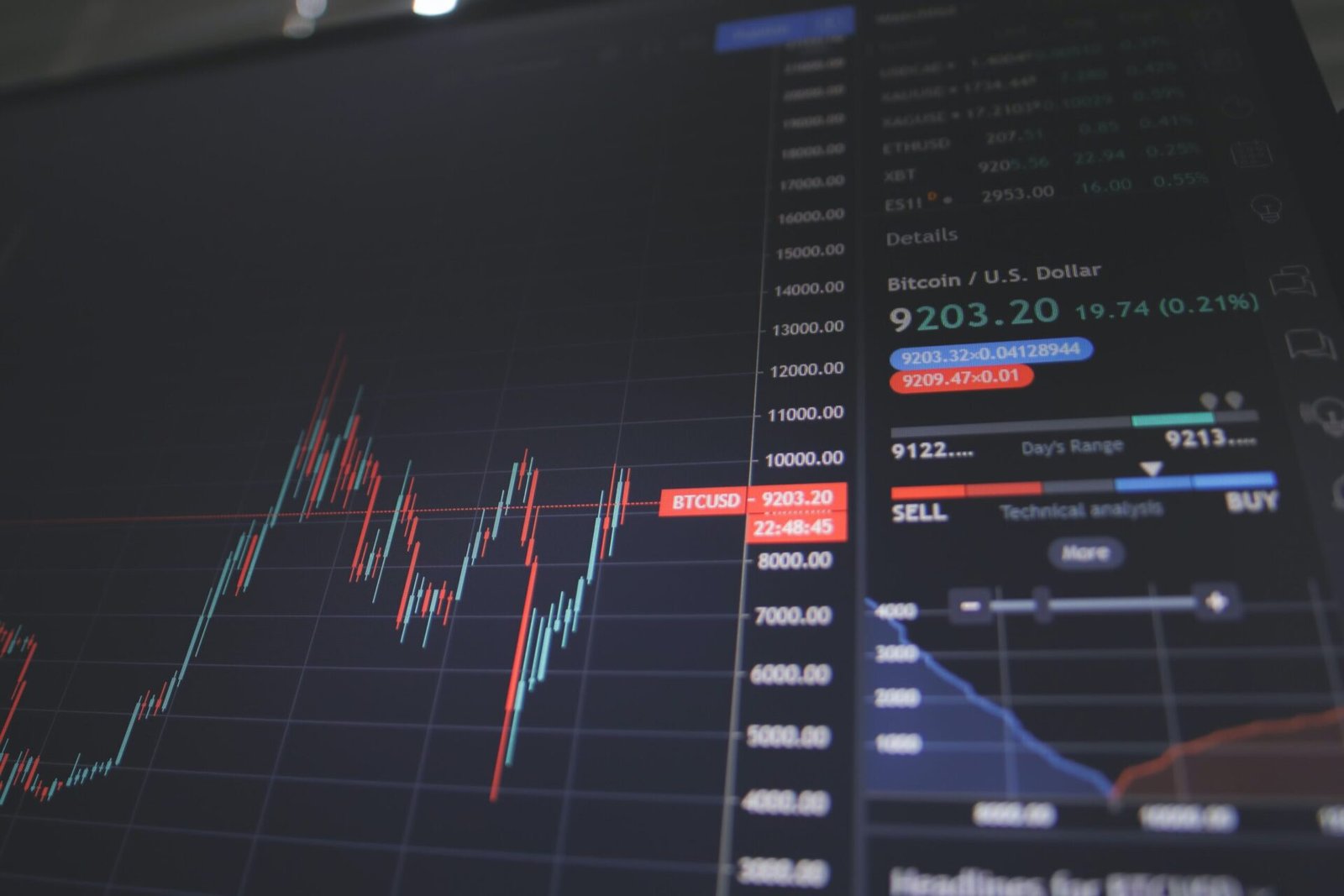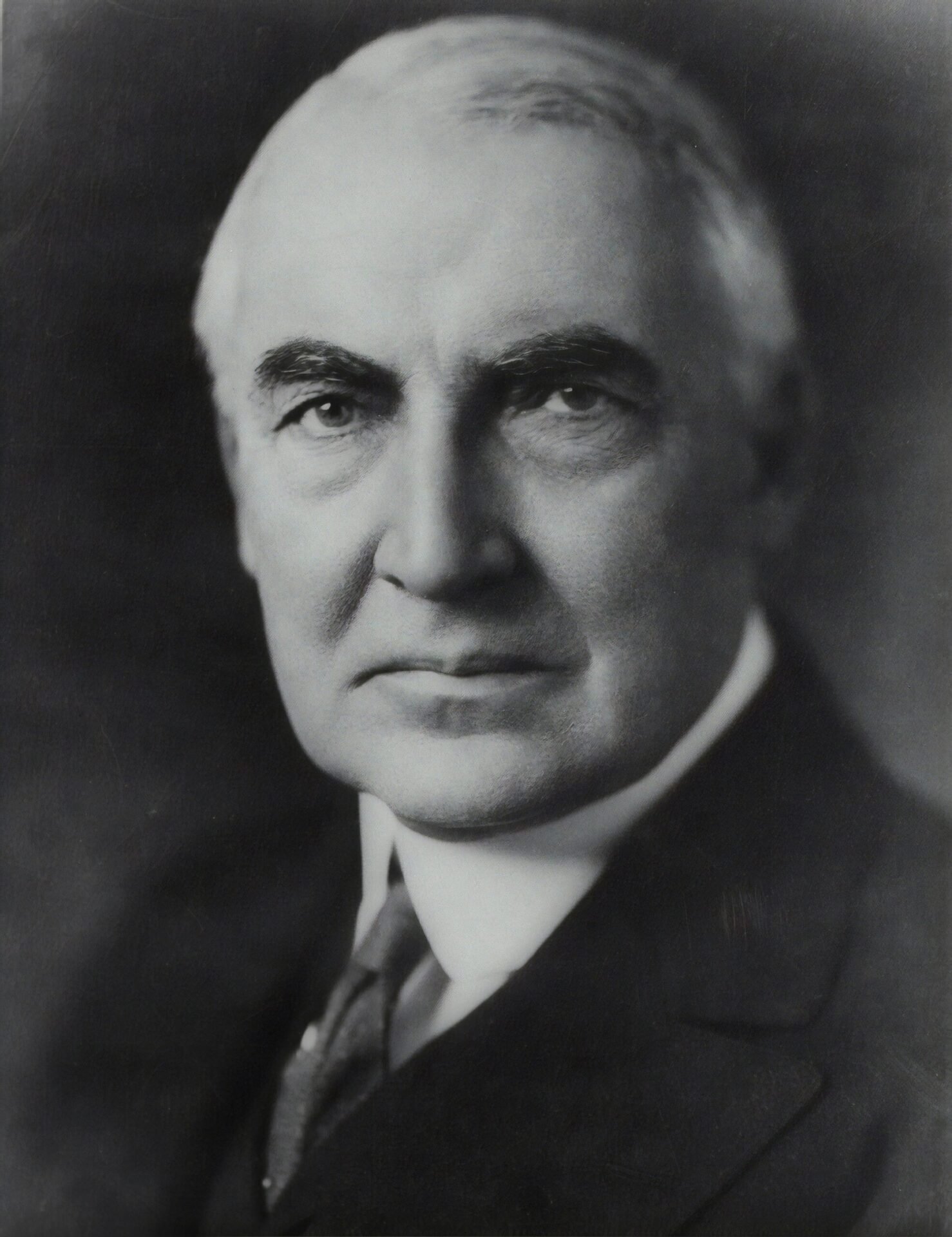A short squeeze is a phenomenon that occurs in the stock market when there is a rapid increase in the price of a stock, primarily driven by short sellers rushing to cover their positions. It happens when a heavily shorted stock experiences a surge in buying pressure, forcing short sellers to buy back shares at higher prices to limit their losses.
How does a short squeeze happen?
A short squeeze typically occurs when there is a combination of factors that create a favorable environment for a stock to experience a sudden surge in price. The process unfolds as follows:
- High Short Interest: Short sellers borrow shares of a stock and sell them on the market, betting that the stock’s price will decline. If a stock has a high level of short interest, it means that a significant number of investors have taken bearish positions on the stock.
- Positive Catalyst: A positive catalyst, such as a better-than-expected earnings report, favorable news, or a sudden increase in demand for the stock, can trigger a short squeeze. This event can cause the stock’s price to rise rapidly.
- Short Sellers Under Pressure: As the stock’s price rises, short sellers start to feel the pressure to cover their positions. If the price increases significantly, short sellers may become anxious and rush to buy back shares to minimize their losses.
- Feedback Loop: The buying pressure from short sellers covering their positions can further drive up the stock’s price. This creates a feedback loop, as the rising price forces more short sellers to cover their positions, leading to even higher prices.
Signs of a short squeeze
Identifying the signs of a short squeeze can be challenging, but there are several indicators that investors can look for:
- Unusual Volume: A sudden surge in trading volume, especially when accompanied by a significant increase in price, can be a sign of a short squeeze. It suggests that there is an influx of buyers entering the market, potentially driven by short sellers covering their positions.
- Breakout from Resistance Levels: If a stock breaks out from a well-established resistance level, it can indicate a short squeeze. Short sellers often set their stop-loss orders just above these levels, and when the price surpasses them, it triggers a rush of buying activity.
- Increased Borrowing Costs: When short sellers face difficulties in borrowing shares to short, it may indicate a high level of demand for the stock. This increased borrowing cost can be a result of a short squeeze in progress.
- News Catalyst: Positive news or a significant event that affects the stock can trigger a short squeeze. It is essential to stay updated with the latest news and market developments to identify potential short squeeze opportunities.
- Volatility and Price Spikes: A sharp increase in price accompanied by high volatility can be a sign of a short squeeze. The rapid price movement suggests that short sellers are scrambling to cover their positions, causing the stock’s price to spike.
It’s important to note that not all price increases indicate a short squeeze. Other factors, such as positive market sentiment or fundamental strength, can also contribute to a stock’s rise. Therefore, it is crucial to analyze multiple indicators and factors before concluding that a short squeeze is occurring.
In conclusion, a short squeeze is a market phenomenon that occurs when short sellers rush to cover their positions, leading to a rapid increase in a stock’s price. Understanding the causes and signs of a short squeeze can help investors make informed decisions and potentially capitalize on these market opportunities.






Be First to Comment